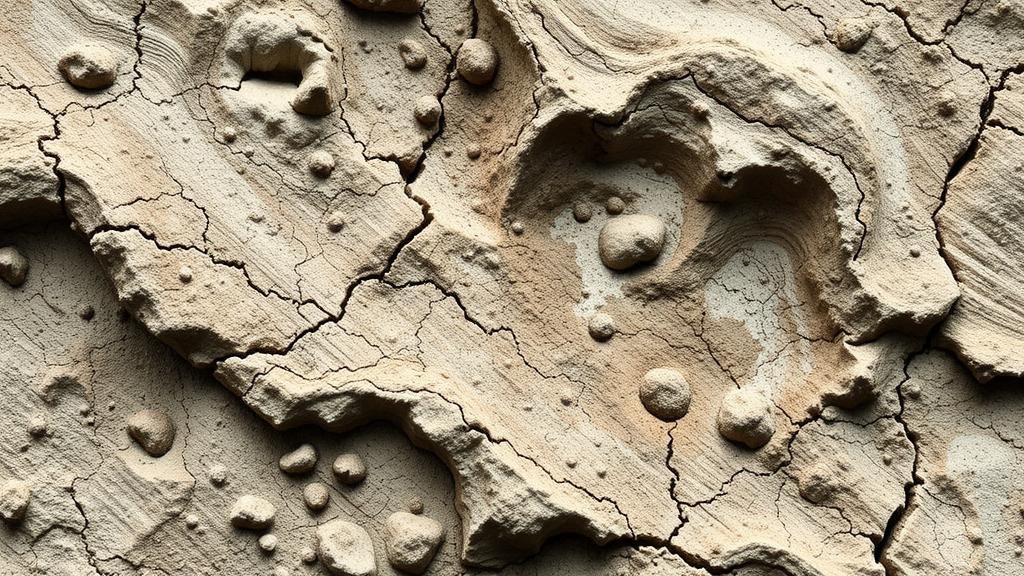How AI Can Predict Fossil Zones by Analyzing Regional Geological Histories
How AI Can Predict Fossil Zones by Analyzing Regional Geological Histories
Advancements in artificial intelligence (AI) have revolutionized various industries, and paleontology is no exception. By analyzing vast amounts of geological data, AI can predict fossil zones with remarkable accuracy. This article will explore the methods through which AI processes regional geological histories to identify promising fossil sites, supported by case studies and relevant statistics.
The Role of AI in Geological Analysis
AI employs machine learning algorithms to analyze geological data, which includes stratigraphy, mineral composition, and historical climate patterns. e algorithms can handle complex datasets that would overwhelm human researchers. For example, a study by the American Association of Petroleum Geologists highlighted that traditional geological methods could take years to yield results, whereas AI could significantly reduce this time frame to days or weeks while maintaining accuracy.
Understanding Geological Histories
Geological history is a record of Earths past, capturing events such as volcanic eruptions, sediment deposition, and erosion. This history is revealed through stratified rock layers, each representing different periods. AI can analyze this data to identify characteristics indicative of fossil-rich zones, such as:
- Rock types–Certain sedimentary rocks, like shale and limestone, are more likely to contain fossils.
- Stratigraphic formations–Specific formations known to yield fossils can be targeted based on historical geological maps.
- Indicators of past environments–Fossils often belong to specific ecological settings, such as ancient lakes or riverbeds.
Case Study: AI in the Rich Fossil Beds of the Hell Creek Formation
The Hell Creek Formation, located across Montana, North Dakota, and South Dakota, has long been recognized for its rich fossil records, including the remains of dinosaurs. Researchers applied AI models to map geological features in the Hell Creek region. By feeding the algorithm historical data, including sediment types and past climate data, the study was able to predict highly probable fossil zones.
According to their findings, the AI model predicted additional fossil sites with an accuracy rate of over 85%. Then, field researchers confirmed significant fossil discoveries in areas previously considered unpromising, demonstrating the effectiveness of AI in fossil location efforts.
Statistical Insights: Predictive Accuracy
The application of AI in predicting fossil zones is not just theoretical; it has been quantitatively assessed. A paper published in the journal Earth Science Reviews in 2022 reported that the integration of AI improved prediction accuracy by 40% compared to traditional methods alone. This statistic highlights the profound impact AI has on geological exploration and fossil discovery.
Challenges and Limitations
Despite the capabilities of AI technologies, several challenges persist in their application to geological analysis:
- Data Quality: High-quality, comprehensive geological datasets are crucial for effective AI training. Incomplete or inaccurate data can lead to erroneous predictions.
- Algorithm Bias: If historical data contains bias, AI algorithms may also perpetuate these biases, resulting in skewed predictions.
- Interpretation of Results: The output of AI models requires careful interpretation by skilled geologists, underscoring the importance of human oversight.
Future Prospects
As AI technology continues to evolve, its integration into geological research is expected to deepen. Future developments could include:
- Real-Time Data Analysis: AI models could analyze data from ongoing geological surveys in real time, allowing for immediate insights.
- Collaboration with Other Technologies: Combining AI with technologies like remote sensing and geophysical surveying can enhance prediction capabilities.
- Broader Geographic Scope: AIs ability to process vast datasets can allow for exploration beyond areas traditionally studied for fossils.
Conclusion and Actionable Takeaways
The intersection of AI and paleontology marks a transformative era in the study and discovery of fossils. By harnessing the power of machine learning algorithms to interpret regional geological histories, researchers can achieve more accurate predictions regarding fossil zones. case studies outlined demonstrate significant advancements in this field, and as the technology progresses, it promises to unlock even more potential in uncovering Earths biological past.
For professionals interested in advancing fossil discovery, the following actions are recommended:
- Invest in high-quality geological datasets for improved AI model training.
- Stay informed about advancements in AI technologies and methodologies in geological research.
- Encourage interdisciplinary collaboration between geologists and AI specialists for more robust analyses.
By embracing these strategies, researchers can enhance their effectiveness in predicting fossil-rich zones, ultimately contributing to a deeper understanding of our planets history.



